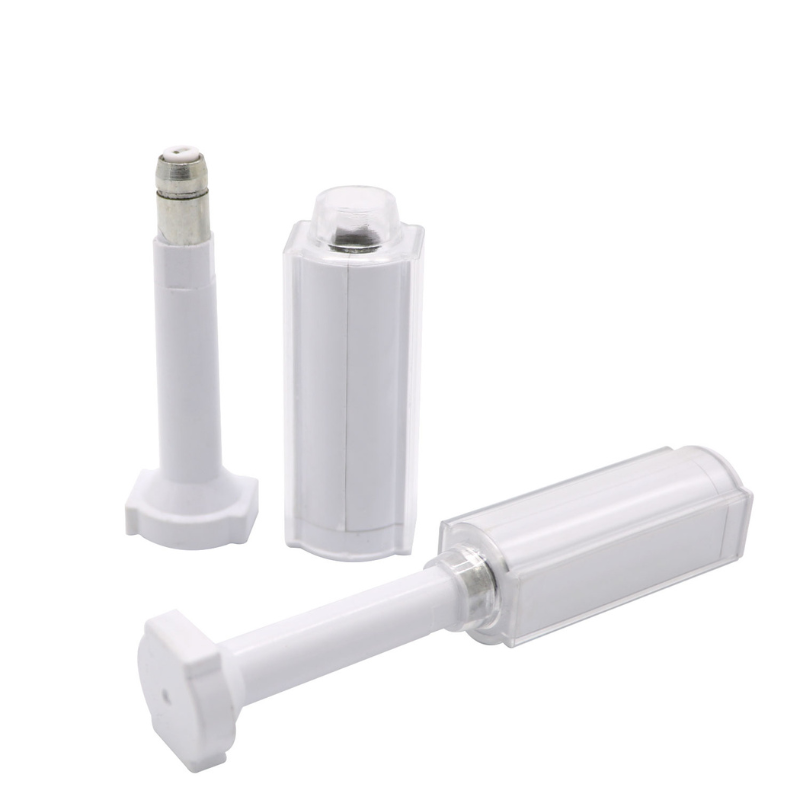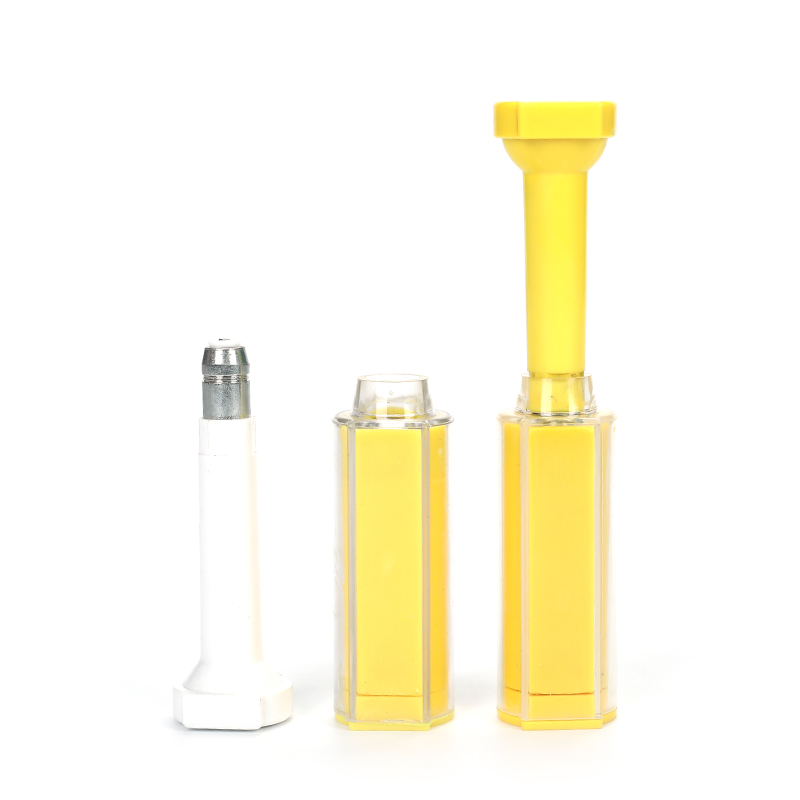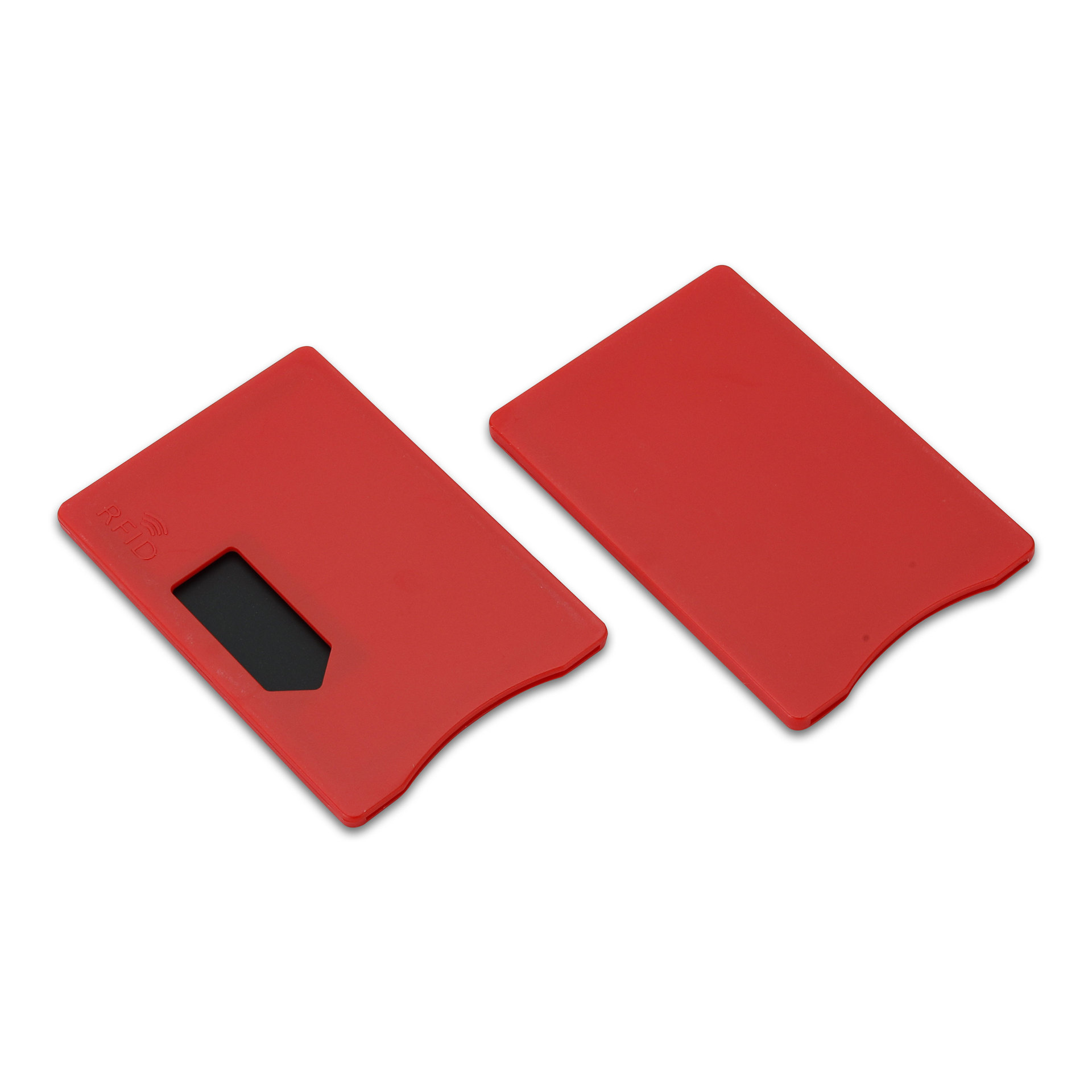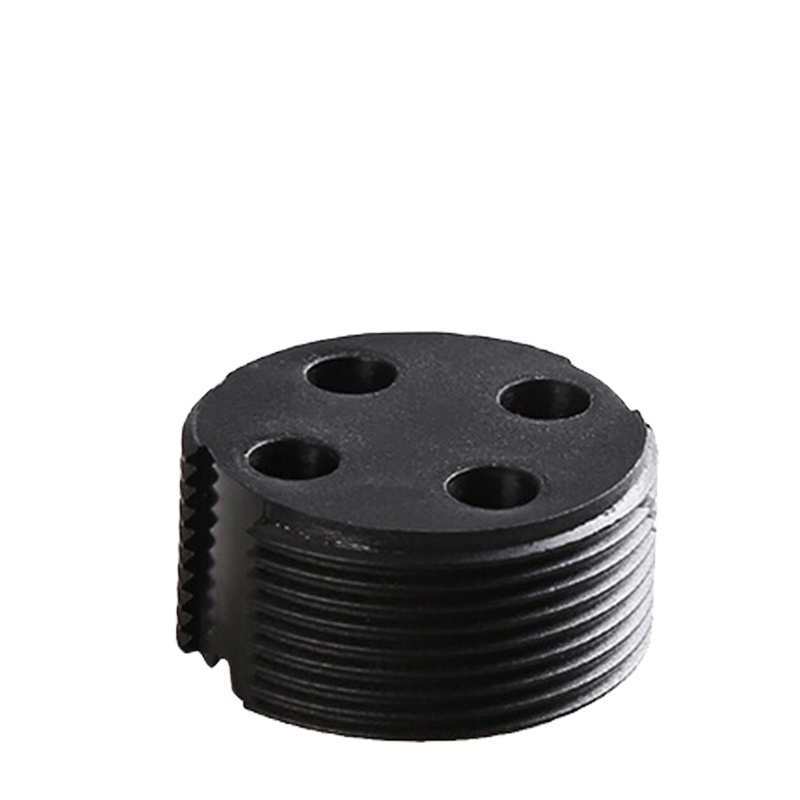
Hogyan működnek a fém RFID-címkék fémfelületeken?
Tartalomjegyzék
Fém RFID-címkék: Az ipari vásárlóknak miért van rájuk szükségük?
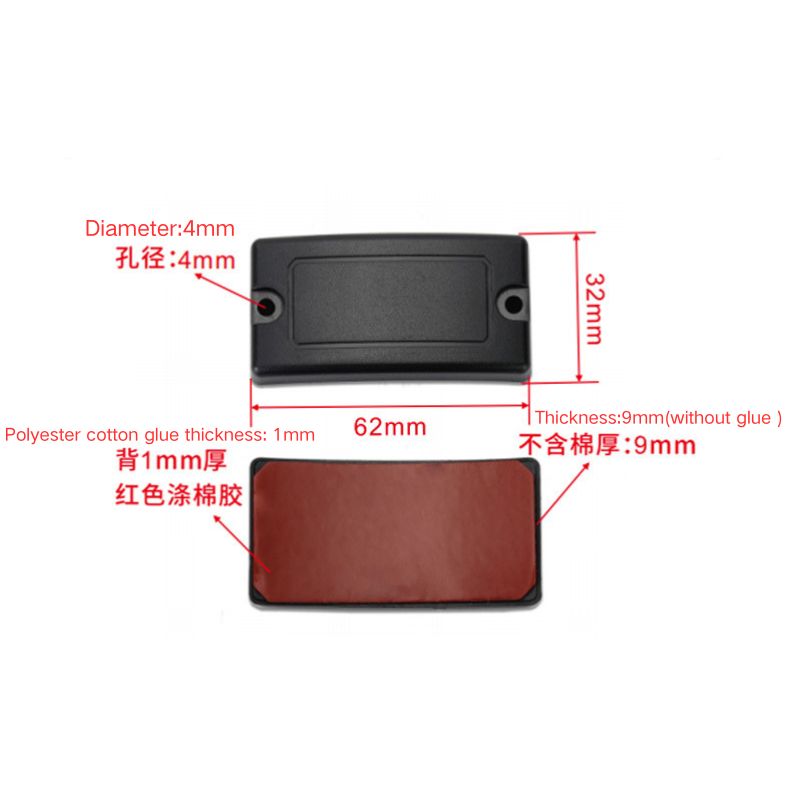
Miért küzdenek a szabványos RFID-címkék a fémfelületeken?
A szabványos RFID-címkéket, bár költséghatékonyak és széles körben használatosak, nem úgy tervezték, hogy megbízhatóan működjenek fémfelületeken. Nincs egyedül, ha fém berendezéseket, szerszámokat vagy konténereket próbál megcímkézni hagyományos RFID-címkékkel, és olvasási hibákat vagy rendszertelen teljesítményt tapasztal. Az alábbiakban ismertetjük, hogy miért történik ez:
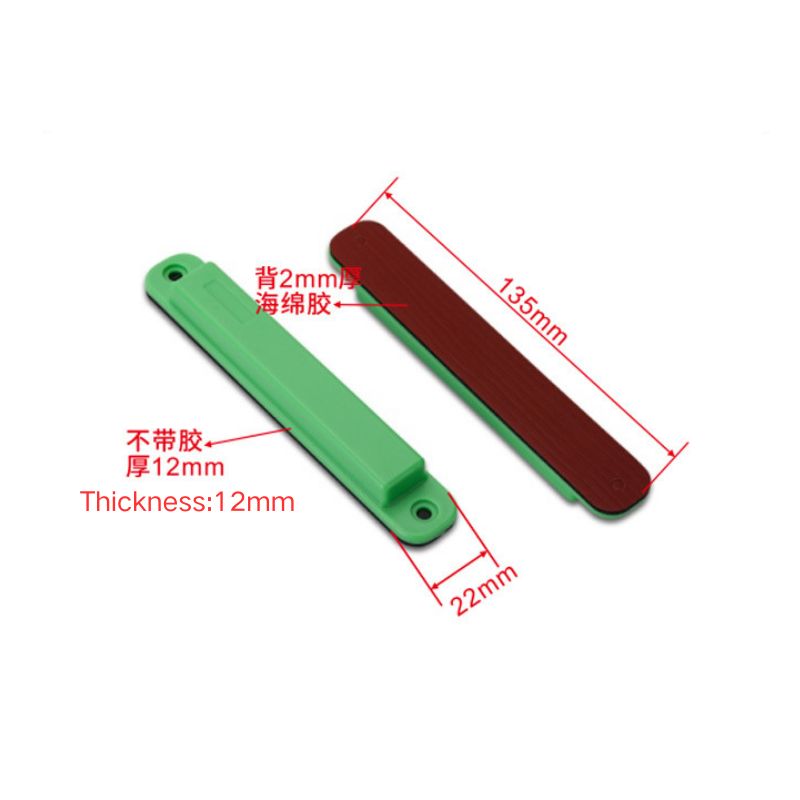
1. Jelvisszaverődés és interferencia
Az RFID-olvasó által kibocsátott rádióhullámok visszaverődnek a fémfelületekről, ami többutas interferenciához vezet. Ez azt jelenti, hogy a jel kiszámíthatatlanul szóródik, ami összezavarja az RFID-olvasót, és a következőket eredményezi:
- Elvétett olvasmányok
- Duplikált címkék olvasása
- Csökkentett olvasási pontosság
Példa: Egy raktárban egy fém termékállvány beolvasása a jel visszaverődése miatt következetlen olvasást eredményezhet.
2. Antenna áthangolása
Az RFID-címkék olyan antennákat tartalmaznak, amelyeket meghatározott frekvenciákon (például UHF vagy HF) történő rezonanciára terveztek. Amikor a címkét fémre helyezik, a vezető felület megváltoztatja az elektromágneses mezőt, áthangolja az antennát és hatástalanná teszi a címkét.
Ez a következőhöz vezet:
- Teljes jelvesztés
- Gyenge címke-olvasó kommunikáció
- Súlyosan csökkent olvasási tartomány
Analógia: Ez olyan, mintha rossz frekvenciára hangolt rádiót használnánk - a kapcsolat nem működik.
3. Passzív címkék energiaelszívása
A passzív RFID-címkék az RFID-olvasó jelének energiájára támaszkodnak a chip táplálásához és az adatok visszaküldéséhez. A fémfelületek azonban elnyelik vagy eltérítik ezt az energiát, így a címkének nincs elegendő energiája a működéshez.
Ez a következőket eredményezi:
- Címkék nem aktiválódnak
- Részleges adatátvitel
- Csökkentett címke élettartam kritikus alkalmazásokban
Hatás: A passzív címkék megfelelő árnyékolás nélkül gyakran meghibásodnak ipari környezetben, ahol nagy fémgépek vagy fémből készült csomagolások találhatók.
4. Következetlen olvasási zónák
Ha szabványos RFID-címkéket használnak fém közelében vagy fémre helyezve:
- A read zone kiszámíthatatlanná válik
- A címkék egyes pozíciókban működnek, másokban nem
- A rendszer megbízhatósága csökken, ami frusztrálja az üzemeltetőket és késlelteti a munkafolyamatokat.
Bottom Line: A szabványos fémcímkék veszélyeztetik a működési pontosságot és a megtérülést, ha az RFID-re támaszkodik a valós idejű nyomon követés és a készlet láthatósága érdekében.
Mik azok az On-Metal RFID-címkék?
A fémre szerelt RFID-címkék (más néven fémellenes RFID-címkék vagy fémre szerelt RFID-címkék) olyan speciálisan tervezett RFID-transzponderek, amelyeket úgy terveztek, hogy hatékonyan működjenek fémfelületeken vagy fémfelületek közelében - amire a hagyományos RFID-címkék nem képesek megbízhatóan.
Ezek a címkék nem csak a hagyományos RFID-címkék kissé módosított változatai - célzottan, fejlett anyagok és tervezési stratégiák felhasználásával készülnek a fém okozta interferencia leküzdésére.
Hogyan épülnek
A fémre való működéshez ezek a címkék a következőket tartalmazzák:
Szigetelő rétegek: Elválasztja az RFID-antennát és a chipet a fémfelülettől, hogy megakadályozza az áthangolódást.
Ferrit hátlap: Mágneses réteg, amely átirányítja az elektromágneses mezőket, lehetővé téve a tiszta jelátvitelt.
Optimalizált antennák: Kifejezetten vezetőképes felületű, közeli mezőkhöz tervezett antennák.
Tartós házak: Az olyan anyagok, mint az ABS, az epoxi vagy a fémházak megvédik a címkét az ipari visszaélésektől, például a rezgéstől, portól, olajtól vagy nedvességtől.
Ezek az összetevők együttesen biztosítják, hogy a címkék megbízhatóan továbbítsák az adatokat még akkor is, ha közvetlenül fémszerszámokra, gépekre, járművekre vagy konténerekre szerelik őket.
Tervezési változatok
A fémen elhelyezett RFID-címkék különböző formákban és méretekben kaphatók, hogy megfeleljenek az Ön működési igényeinek, többek között:
- Lapos címkék fém polcokra vagy tárolókra történő felületi rögzítéshez.
- Görbe vagy rugalmas címkék csövekhez és hengeres berendezésekhez.
- Szerszámokba vagy fémeszközökbe ágyazható, strapabíró érmés címkék.
- Habszivacs térközzel ellátott címkék a költséghatékony, egyszer használatos alkalmazásokhoz.
Tekintse meg a teljes Fém RFID címke termékcsalád
Hogyan működnek a fém RFID-címkék: Az interferenciát leküzdő mérnöki munka
Az RFID-technológia az olvasó és a címkék közötti zökkenőmentes kommunikációra épül rádiófrekvenciás hullámok segítségével. Ez a kommunikáció azonban megszakad, ha fém kerül a környezetbe, kivéve, ha a címkét kifejezetten úgy tervezték, hogy ilyen körülmények között is működjön.
Pontosan erre a célra készültek a fém RFID-címkék.
Az alapvető kihívás: A fém megzavarja az elektromágneses mezők működését.
A szabványos RFID-rendszerekben a címkében lévő antenna egy adott frekvencián (általában UHF vagy HF) rezonál. Fémre helyezve:
- Az antenna rezonanciafrekvenciája megváltozik (áthangolás).
- A rádiójelet kiszámíthatatlanul elnyeli vagy visszaveri.
- Az olvasó és a címke közötti kommunikáció instabillá válik vagy teljesen megszakad.
A fémen elhelyezett RFID-címkék többrétegű kialakítással küzdenek meg ezekkel a kihívásokkal.
A legfontosabb tudnivalók a szabványos RFID-címkék és a fém RFID-címkék esetében
| Funkció | Standard RFID címke | Fém RFID címke |
| Fémfelületeken működik | ❌ Meghibásodik vagy gyenge jel | ✅ Fémre tervezve |
| Olvasási tartomány fém közelében | ⛔ Súlyosan csökkent | ✅ 10 méterig (UHF) |
| Interferenciával szembeni ellenállás | ❌ Megbízhatatlan | ✅ Ferrit hátlapú árnyékolás |
| Tartósság zord környezetben | ⚠️ Limited | ✅ IP67+ tanúsítvánnyal rendelkező anyagok |
Segítségre van szüksége a megfelelő címke kiválasztásához?
A JIA RFID mérnöki csapata ingyenes konzultációkat és egyedi megoldásokat kínál az ipari ügyfelek számára. A tökéletes terméket tudjuk ajánlani, ha nehézgépeket, konténereket vagy zord környezetben lévő berendezéseket kell nyomon követnie.
Beszéljen egy RFID-szakértővel →
Fedezze fel a kézi RFID-olvasókat →
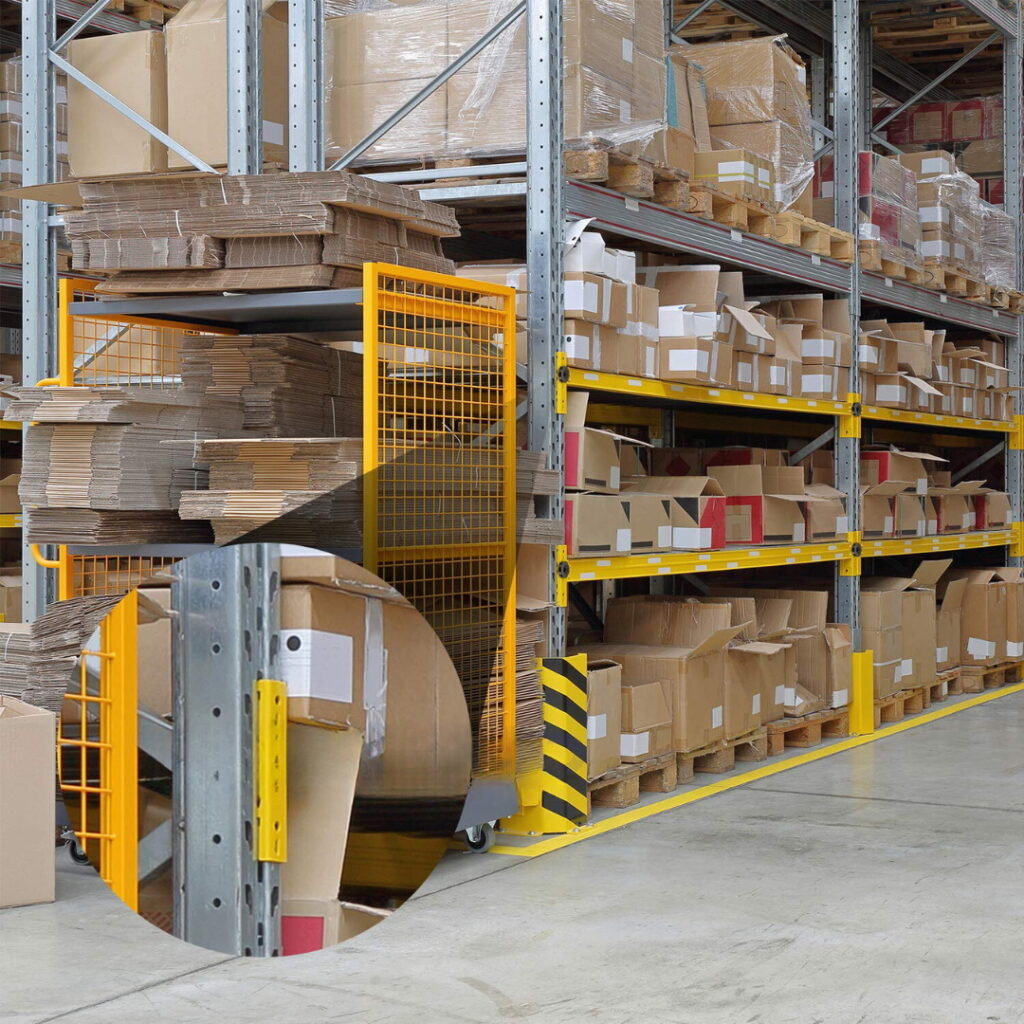
A fémen elhelyezett RFID-címkék ipari alkalmazásai
A fém RFID-címkék a fémszerszámokra, alkatrészekre, szerkezetekre és berendezésekre támaszkodó iparágak számára jelentenek változást. A hagyományos címkékkel ellentétben ezek a címkék strapabíró, fémmel terhelt környezetekre készültek, ahol a pontosság, a tartósság és a valós idejű adatok elengedhetetlenek.
Az alábbiakban bemutatjuk azokat a kulcsfontosságú iparágakat és valós alkalmazásokat, ahol a JIA RFID gyári fémcímkéi javítják a működést, csökkentik a költségeket és javítják a nyomon követhetőséget.
1. Gyártási és ipari berendezések
Használati esetek:
- Szerszámok, szerszámok és rögzítőelemek nyomon követése a gyártócsarnokban
- Az állomások között mozgó, folyamatban lévő munka (WIP) tételek nyomon követése
- Fémipari gépek azonosítása a karbantartás ütemezéséhez
Előny:
Biztosítja a szerszámok elszámoltathatóságát, csökkenti a termelési késedelmeket, és valós idejű láthatóság révén támogatja a megelőző karbantartást.
Kapcsolódó termék: RFID lemez és érmecímkék →
2. Logisztika és raktározás
Használati esetek:
- Fém szállítókonténerek, raklapok és ládák kezelése.
- Visszavihető szállítási tételek (RTI) nyomon követése.
- A kapu be-/kijárat beolvasásának automatizálása kézi olvasókkal.
Előny:
Megszünteti a kézi beolvasást, csökkenti az eszközveszteséget, és felgyorsítja a leltárellenőrzéseket a tömeges olvasási képességgel.
Kapcsolódó termék: Kézi RFID olvasók →
3. Olaj és gáz
Használati esetek:
- Fémcsövek, szelepek és karimák azonosítása és nyomon követése
- Fúróberendezések ellenőrzése tengeri fúrótornyokon
- Ellenőrzési és tanúsítási nyilvántartások vezetése
Előny:
Javítja a biztonsági megfelelést és az eszközök nyomon követhetőségét olyan korrozív, magas hőmérsékletű környezetben, ahol a vonalkódos címkék nem működnek.
Miért nyer az RFID: A fémcímkék ellenállnak a víznek, a nyomásnak és a vegyi anyagoknak, amelyek általában tönkreteszik a szabványos nyomkövető címkéket.
4. Repülés és repülés
Használati esetek:
- Repülőgép-alkatrészek és szerkezeti elemek nyomon követése
- Szerszámok és kalibrációs berendezések kezelése a hangárokban
- MRO (karbantartás, javítás, nagyjavítás) dokumentáció automatizálása
Előny:
Javítja a küldetéskritikus alkatrészek nyomon követhetőségét, miközben csökkenti a papírmunkát és az emberi hibákat a biztonság szempontjából érzékeny környezetekben.
Bónusz: A fémbiztos RFID-címkék megfelelnek a repülési követelményeknek, és ellenállnak a rezgéseknek és a nyomásingadozásoknak.
5. Építőipar és infrastruktúra
Használati esetek:
Acélgerendák, állványok és fémszerkezetek megjelölése
Nagy értékű szerszámok és mobil berendezések nyomon követése
Az épületelemek ellenőrzésének rögzítése
Előny:
Csökkenti a berendezések elvesztését, megakadályozza a szerszámok felhalmozását, és biztosítja a helyszíni biztonsági előírások betartását.
Próbáld ki: Fémre szerelt RFID-címkék zord környezetbe →
6. IT eszközgazdálkodás és adatközpontok
Használati esetek:
Fém szerverek és hálózati eszközök címkézése és leltározása
Biztonsági mentési meghajtók, állványok és mobil kocsik biztosítása
Az auditok támogatása kézi RFID-szkenneléssel
Előny:
Felgyorsítja a megfelelőségi jelentéstételt, minimalizálja a kézi hibákat, és támogatja az eszközök nyomon követhetőségét a nagy sűrűségű szerverszobákban.
Javítani a következőkkel: RFID olvasók adatközpontok számára →
Készen áll a fémeszközök méretarányos címkézésére?
A JIA RFID nagy tételben kínál árakat, mintakészleteket és egyedi megoldásokat az Ön alkalmazásához, függetlenül attól, hogy milyen zordak a körülmények.
Miért érdemes a JIA RFID-től vásárolni?
Gyári közvetlen gyártóként a JIA RFID a következőket kínálja:
- Egyedi tervezés támogatása egyedi fémfelületekhez
- Versenyképes ömlesztett árképzés gyors átfutási idővel
- Globális szállítás B2B ügyfelek számára
- Házon belüli tervezés speciális környezetekhez
Fedezzen fel további RFID-címketípusokat:
🔹 RFID lemez és érmecímkék
🔹 Kézi RFID olvasók
Termék kiemelése: RFID címke jellemzői
- Gyakoriság: (860-960 MHz) vagy HF opciók
- Olvassa el a tartományt: 10 méterig (UHF)
- IP-besorolás: IP67+ ipari környezethez
- Szerelési lehetőségek: Ragasztó, csavar, szegecs
GYIK
Tényleg működnek az RFID-címkék a fémen?
Igen. A fémen elhelyezett RFID-címkéket úgy tervezték, hogy képesek legyenek kezelni a fém interferenciát, így ideálisak fém szerszámok, gépek és berendezések címkézésére.
Mennyibe kerülnek a fém RFID-címkék?
Az árak típusonként és mennyiségenként változnak. A passzív változatok esetében a tömegár már $0,50-től kezdődik címkénként. Kérjen egyedi árajánlatokat az Ön iparágára.
Vízállóak és hőállóak az RFID-címkék?
Igen, számos fém RFID-címkénk megfelel az IP67+ szabványoknak, és kemény ipari környezetben való használatra tervezték őket.
Kipróbálhatom őket vásárlás előtt?
Abszolút. Minősített projektekhez ingyenes mintákat kínálunk. Lépjen kapcsolatba velünk az értékelési támogatásért.
Megjegyzések
Forró termékek

Mi az RFID hulladékgazdálkodás?
Képzeljünk el egy várost, ahol minden szemetes beszél – nem szó szerint, hanem egy apró chip segítségével, amely jelzi a rendszernek, mikor van tele, mikor ürítik ki, és hová kerül. Ez az, amit ma az RFID hulladékgazdálkodás tesz.

Mik azok a csavartömítések és alkalmazásuk? | Teljes útmutató
A globális kereskedelemben és logisztikában a zárótömítések döntő szerepet játszanak a rakomány biztonságának és megfelelőségének biztosításában. Ezeket a kicsi, de nagy teljesítményű eszközöket úgy tervezték, hogy a szállítmányozási konténereket, pótkocsikat és rakományajtókat hamisításbiztos mechanizmussal zárják.
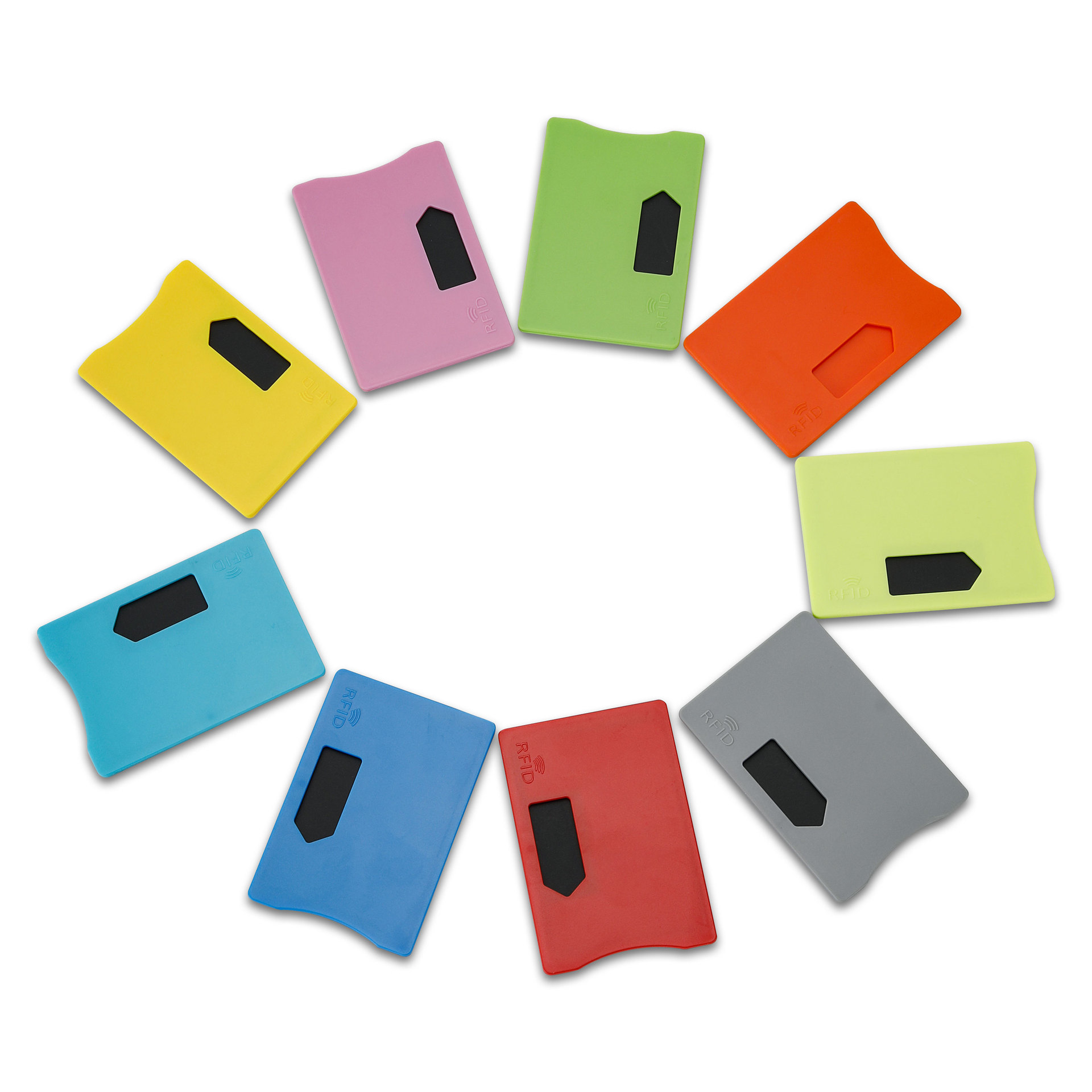
Mi az az RFID kártyavédő? Előnyök, felhasználási esetek és vásárlási útmutató
Az RFID-technológia (rádiófrekvenciás azonosítás) mindenütt jelen van: a hitelkártyákban, személyi igazolványokban, közlekedési bérletekben, szállodai szobakulcsokban és még sok másban. Gyorsaságot és kényelmet kínál, de egyúttal a digitális lopás új fajtája, a "skimming" előtt is kaput nyit. Itt jön a képbe az RFID-kártyavédelem.

RFID karszalagok rendezvényekhez: Bulk Buying Guide for Organizers
A rendezvényekre szánt RFID-karszalagok egyre inkább a legjobb megoldássá válnak a szervezők számára, akiknek gyorsabb belépésre, csalásmegelőzésre és készpénzmentes fizetésre van szükségük a koncerteken, fesztiválokon és sporthelyszíneken. A papírjegyekkel vagy QR-kódokkal ellentétben ezek az intelligens karszalagok beágyazott chipeket használnak a belépés egyszerűsítésére, a biztonságos tranzakciók biztosítására és a vendégélmény javítására.
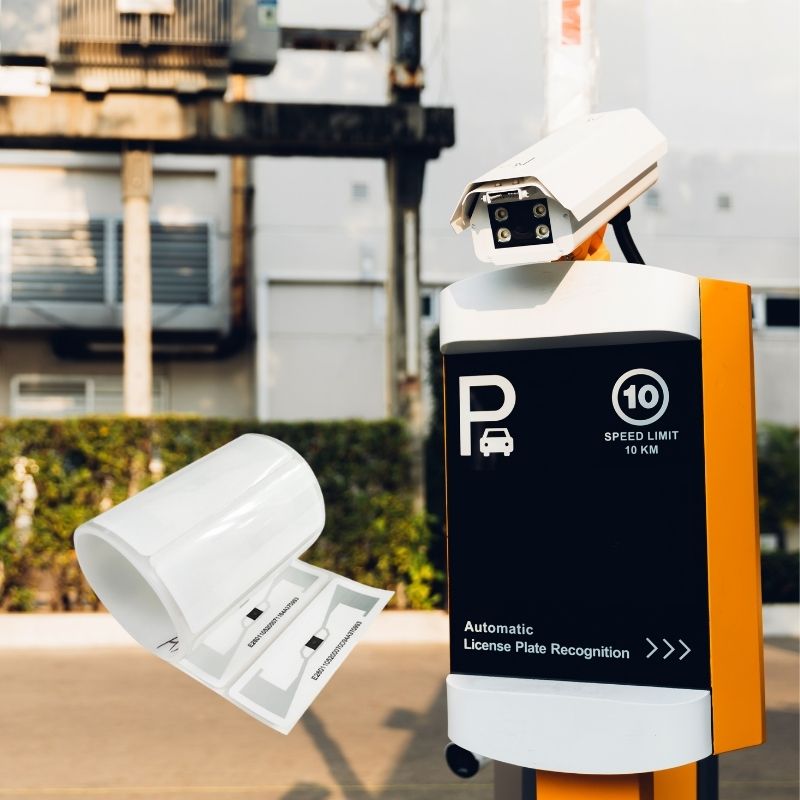
Hogyan javítja a szélvédőn elhelyezett RFID-címke a járművek beléptetésének ellenőrzését és az útdíjrendszereket?
A mai rohanó világban a járműazonosításnak gyorsnak, biztonságosnak és érintésmentesnek kell lennie. A szélvédőn elhelyezett RFID-címke pontosan ezt nyújtja - megbízható módot az útdíjbeszedés, a parkolás és a zárt kapukhoz való hozzáférés kezelésére a járművek megállítása nélkül.
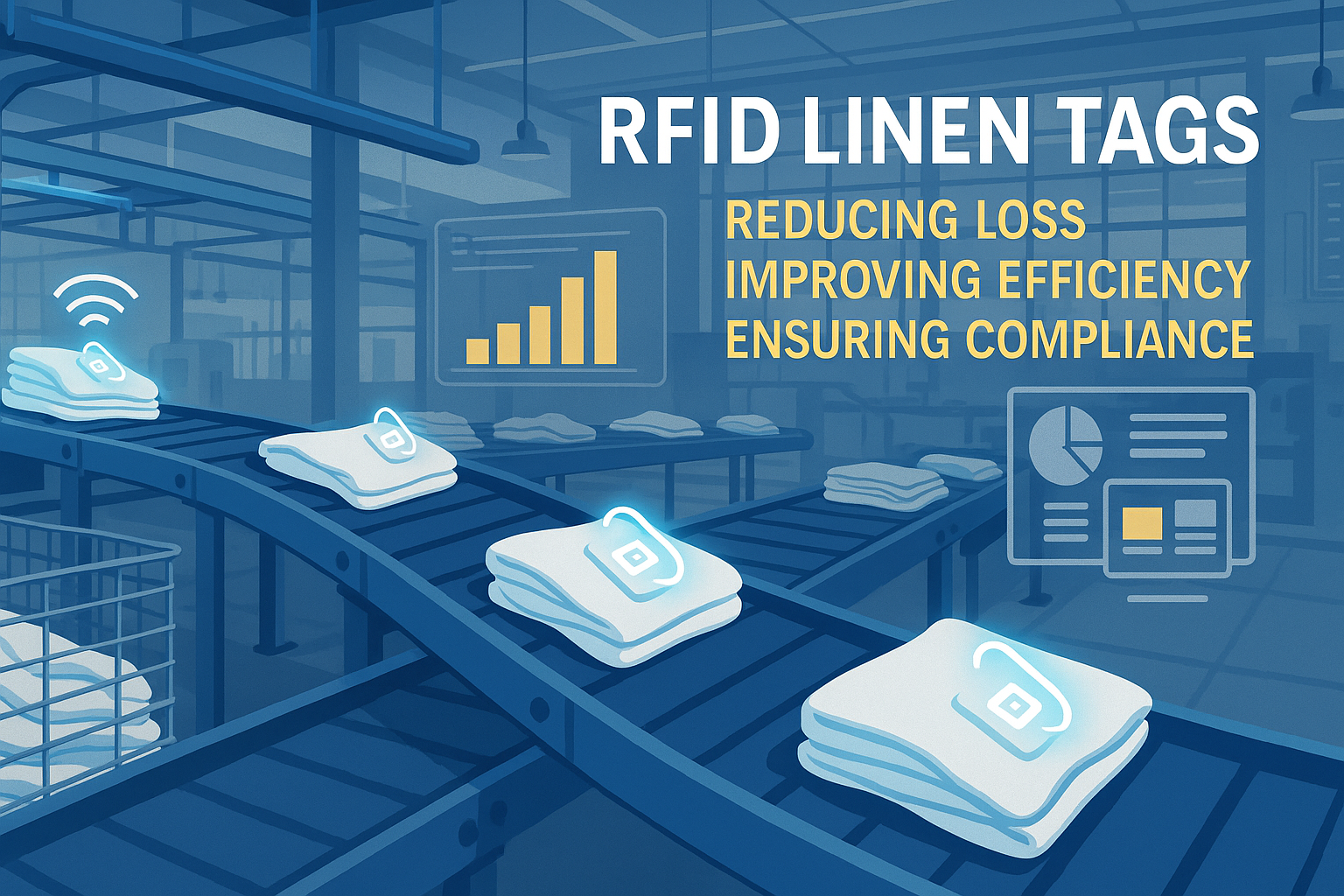
Az RFID ágyneműcímkék előnyei a kereskedelmi mosodákban
A kórházakban, szállodákban vagy nagy mosodákban a mosodai szolgáltatások irányítása nagy feladat. Naponta több ezer lepedőt, törölközőt és egyenruhát mosnak, válogatnak és küldenek vissza. Az olyan problémák azonban, mint az elveszett ágyneműk, a válogatási hibák és a kézi számlálás sok pénzbe kerülhetnek a vállalatoknak. A közepes méretű szállodák például évente több mint $200 000 forintot veszíthetnek a hiányzó ágyneműk miatt.
Itt jönnek a képbe az RFID ágyneműcímkék.
Címkék
KAPCSOLÓDÓ BLOGOK

Mi az RFID hulladékgazdálkodás?
Képzeljünk el egy várost, ahol minden szemetes beszél – nem szó szerint, hanem egy apró chip segítségével, amely jelzi a rendszernek, mikor van tele, mikor ürítik ki, és hová kerül. Ez az, amit ma az RFID hulladékgazdálkodás tesz.

Mik azok a csavartömítések és alkalmazásuk? | Teljes útmutató
A globális kereskedelemben és logisztikában a zárótömítések döntő szerepet játszanak a rakomány biztonságának és megfelelőségének biztosításában. Ezeket a kicsi, de nagy teljesítményű eszközöket úgy tervezték, hogy a szállítmányozási konténereket, pótkocsikat és rakományajtókat hamisításbiztos mechanizmussal zárják.

Mi az az RFID kártyavédő? Előnyök, felhasználási esetek és vásárlási útmutató
Az RFID-technológia (rádiófrekvenciás azonosítás) mindenütt jelen van: a hitelkártyákban, személyi igazolványokban, közlekedési bérletekben, szállodai szobakulcsokban és még sok másban. Gyorsaságot és kényelmet kínál, de egyúttal a digitális lopás új fajtája, a "skimming" előtt is kaput nyit. Itt jön a képbe az RFID-kártyavédelem.

